
European Air Fares Rising Slower than Inflation
Dec 05, 2023

European air fares have been increasing at a slower pace than overall inflation rates, providing some relief to travelers amid rising living costs. While inflation has surged due to various economic pressures, including energy prices and supply chain disruptions, airline ticket prices have not mirrored this trend. Factors contributing to the slower rise in air fares include increased competition among carriers, a rebound in travel demand post-pandemic, and strategic pricing strategies aimed at attracting customers. As a result, passengers may find themselves paying less for flights relative to other expenses, easing some of the financial burdens associated with travel.
In recent years, European air fares have experienced fluctuations that have sparked interest among travelers and industry analysts alike. As inflation rates continue to rise across the continent, it’s crucial to examine how air fares are responding to these economic pressures. This article delves into the trends surrounding European air fares, highlighting how they are rising slower than the overall inflation rate.
Understanding Inflation and Air Fares
To grasp the dynamics between air fares and inflation, it’s essential to understand what inflation means in this context. Inflation refers to the general increase in prices and the subsequent decrease in purchasing power. In Europe, inflation has been driven by various factors, including energy prices, supply chain disruptions, and economic recovery post-pandemic.
Air fares, on the other hand, are influenced by factors such as fuel costs, demand for travel, airline competition, and operational expenses. While it’s common to expect air fares to rise alongside inflation, recent trends indicate that this is not the case across the board.
Current Trends in European Air Fares
Recent data shows that European air fares have been rising at a slower pace than the inflation rate. For instance, in the last year, inflation in Europe has surged to approximately 8%, while the average increase in air fares has been around 5%. This discrepancy raises questions about the sustainability of airline pricing strategies and the overall travel market.
| Year | Inflation Rate (%) | Average Air Fare Increase (%) |
|---|---|---|
| 2021 | 2.5 | 3.0 |
| 2022 | 8.0 | 5.0 |
| 2023 | 6.5 | 4.5 |
This trend indicates that while "European air fares" are not immune to inflation, the competitive nature of the airline industry has kept fare increases more restrained. Airlines are keen to attract travelers who may be more price-sensitive in the current economic environment.
Factors Influencing Air Fare Trends
Several factors contribute to the slower rise in European air fares compared to inflation:
- Increased Competition: More airlines entering the market have led to competitive pricing. Low-cost carriers have made air travel more accessible, forcing traditional airlines to reconsider their pricing strategies.
- Fuel Prices: Although fuel costs have been volatile, recent trends show some stabilization, which helps airlines manage their operational costs without passing excessive fees onto consumers.
- Post-Pandemic Recovery: As travel demand rebounds, airlines are cautious about raising fares too quickly, fearing a backlash from travelers who have become accustomed to lower prices during the pandemic.
The Future of Air Fares in Europe
As we look ahead, several factors could impact the trajectory of "European air fares":
- Economic Stability: If inflation rates stabilize and the economy shows signs of recovery, we may see a more aggressive increase in air fares.
- Consumer Behavior: Changing consumer preferences and spending habits post-pandemic could lead to new pricing strategies. Travelers may prioritize affordability, pushing airlines to offer competitive fares.
- Technological Advances: Innovations in aviation technology and operational efficiencies could help airlines manage costs better, potentially keeping fares lower than inflation rates.
Implications for Travelers
For travelers, the current trend of "European air fares" rising slower than inflation is a positive indication. It suggests that there are still opportunities to find affordable flights amidst rising living costs. Travelers should continue to monitor fare trends, utilize fare comparison tools, and book in advance to secure the best deals.
Additionally, being flexible with travel dates and destinations can lead to significant savings. As airlines adjust their pricing strategies, travelers may find that off-peak times yield lower fares, providing an opportunity to travel without breaking the bank.
Conclusion
In summary, the relationship between "European air fares" and inflation is complex and continuously evolving. While inflation continues to pose challenges for consumers, the slower rise in air fares is encouraging for those looking to travel within Europe. By staying informed and adapting to market changes, travelers can navigate this landscape effectively, enjoying affordable air travel even in uncertain economic times.
As the market evolves, keeping an eye on fare trends and economic indicators will be crucial for savvy travelers looking to maximize their travel budgets while exploring Europe’s diverse offerings.
Related Articles

Explore Thailand: The Best Islands to Visit for Paradise, Adventure, and Relaxation

The Ultimate Guide to the Best Islands in Thailand for Your Next Getaway

Do babies need passports? How to get a passport for a newborn
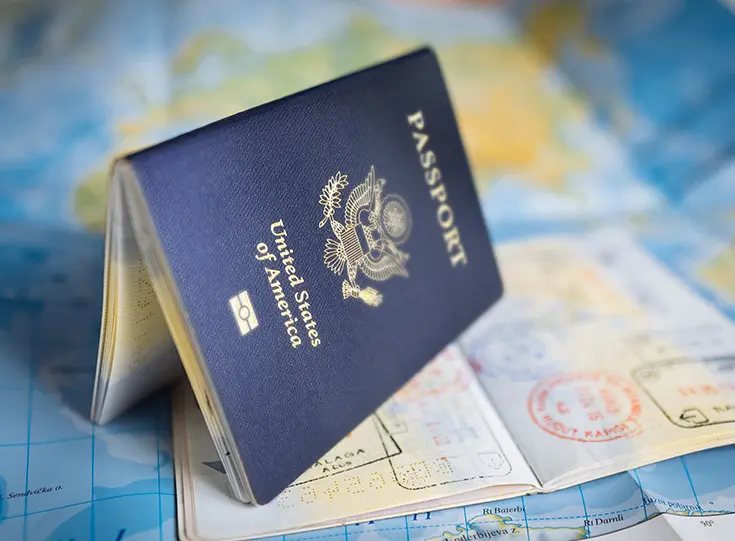
How to get a U.S. passport fast: here’s how to expedite the process
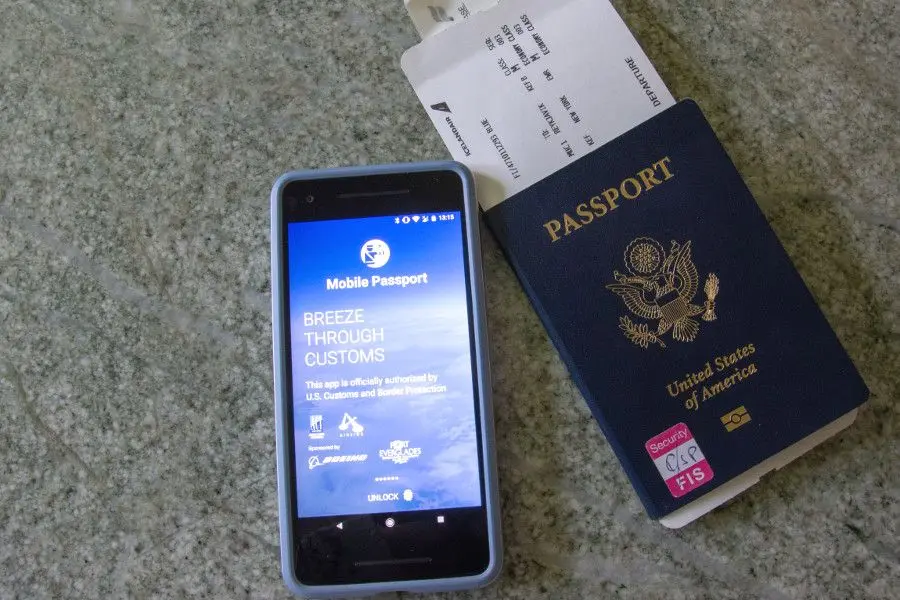
What is Mobile Passport Control: 5 reasons why you should use it

SENTRI vs. Global Entry: A detailed guide
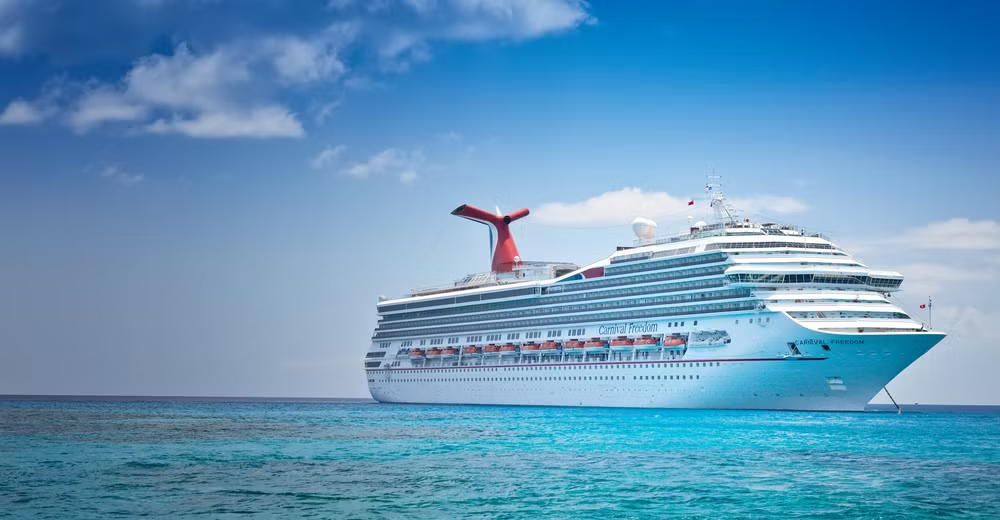
Do you need a passport to go to the Bahamas? Let’s find out

Do you need a passport to go to Mexico? A detailed guide
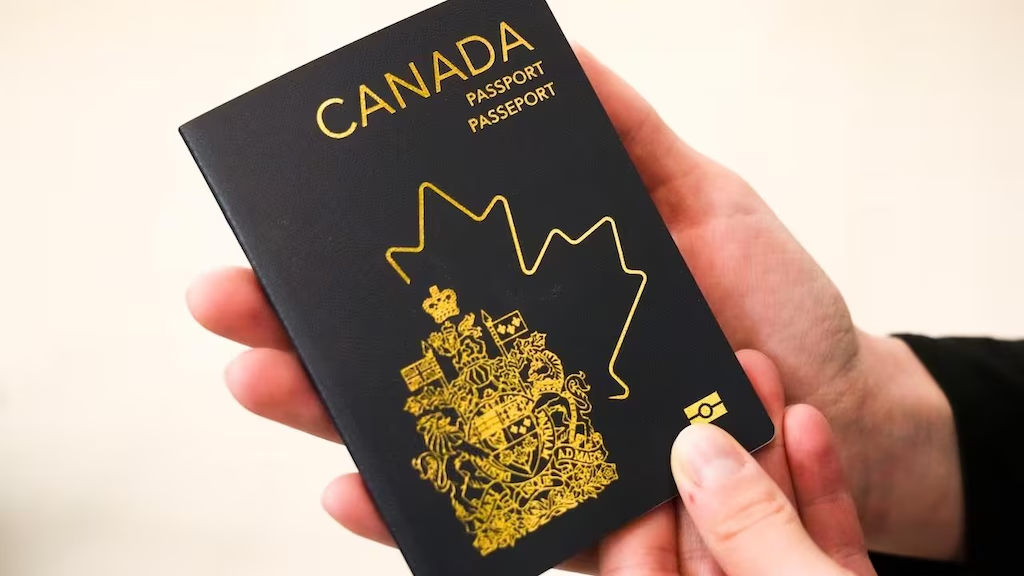
Do you need a passport to go to Canada? We got the answer

Do You Need a Passport for a Cruise: An Essential Travel Guide

Booster Seat Requirements: All the Rules to Follow in Your Rental Car
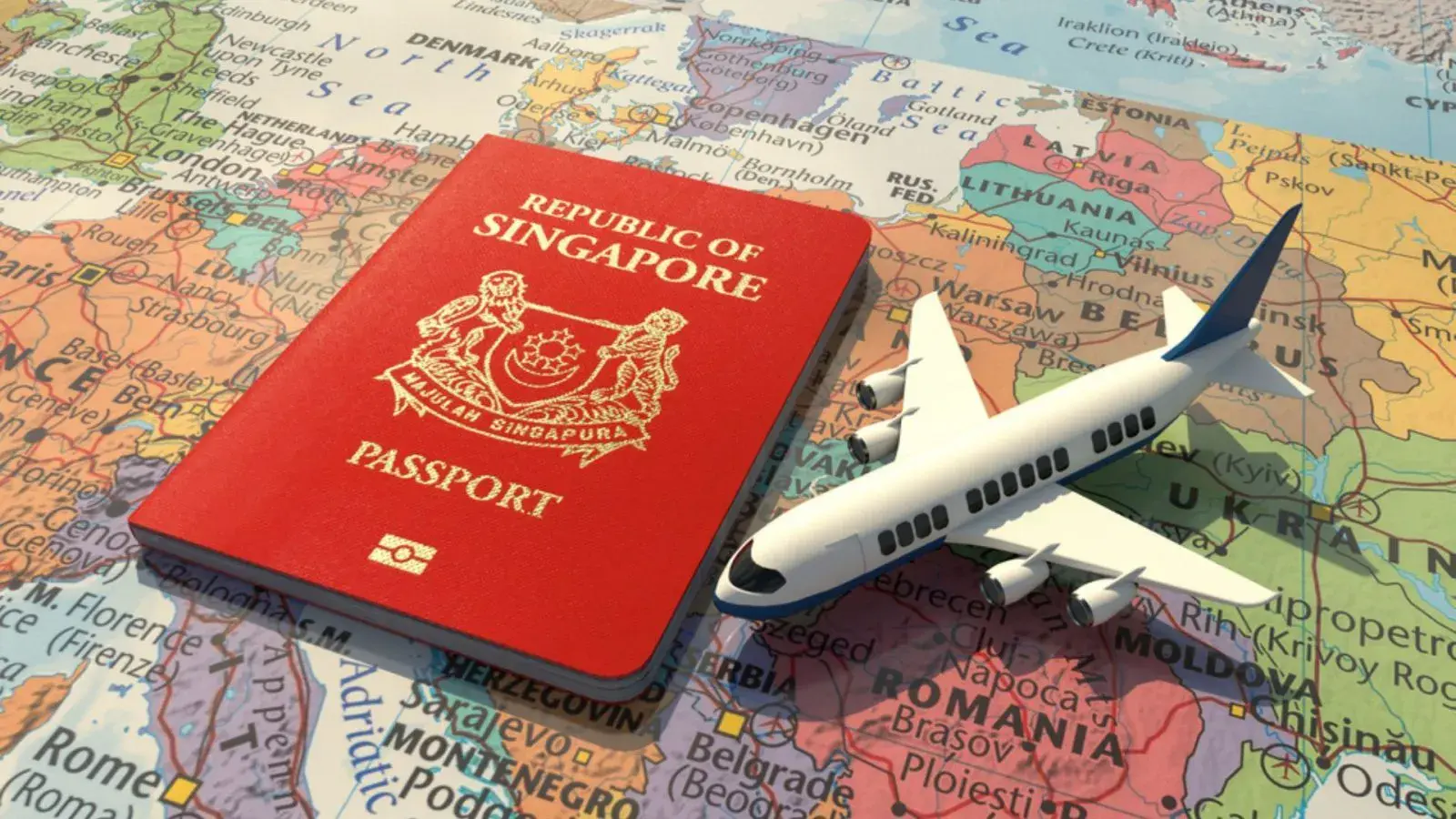
What Are the World’s Most Powerful Passports, and How Does Yours Rank?

How to Take a Passport Photo at Home: A Helpful Guide
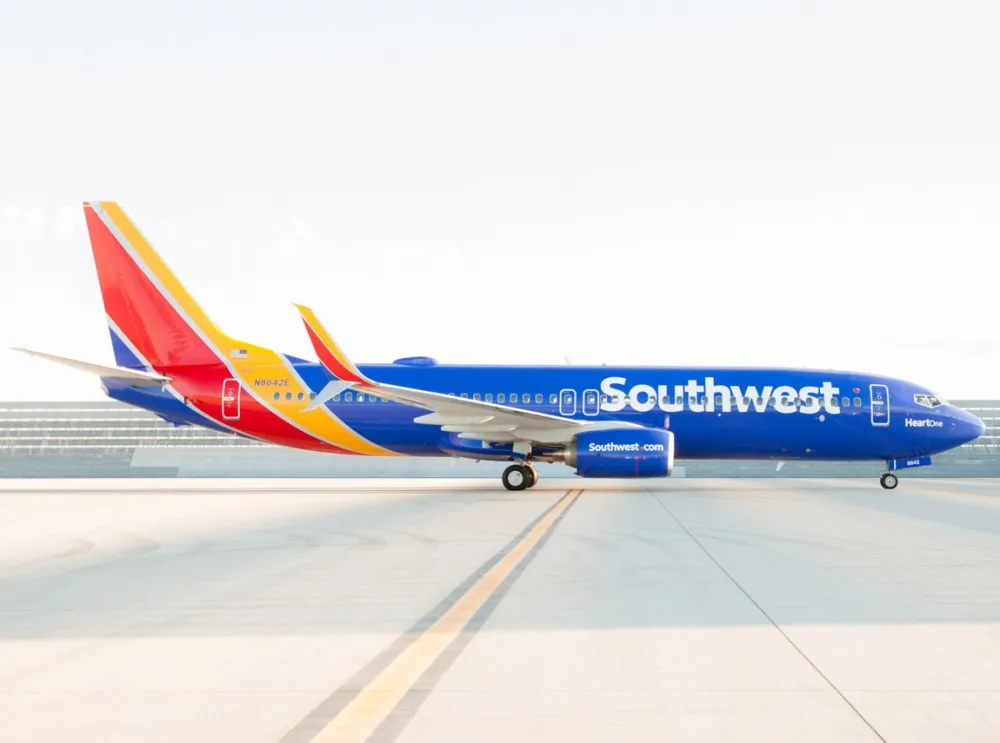
You've got to have heart! Southwest's new livery
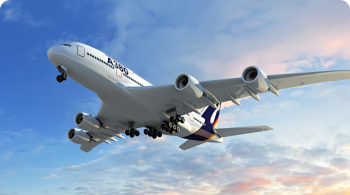
Your opinion: Should water be free on low cost carriers?

Young women bolder than guys as solo travellers
